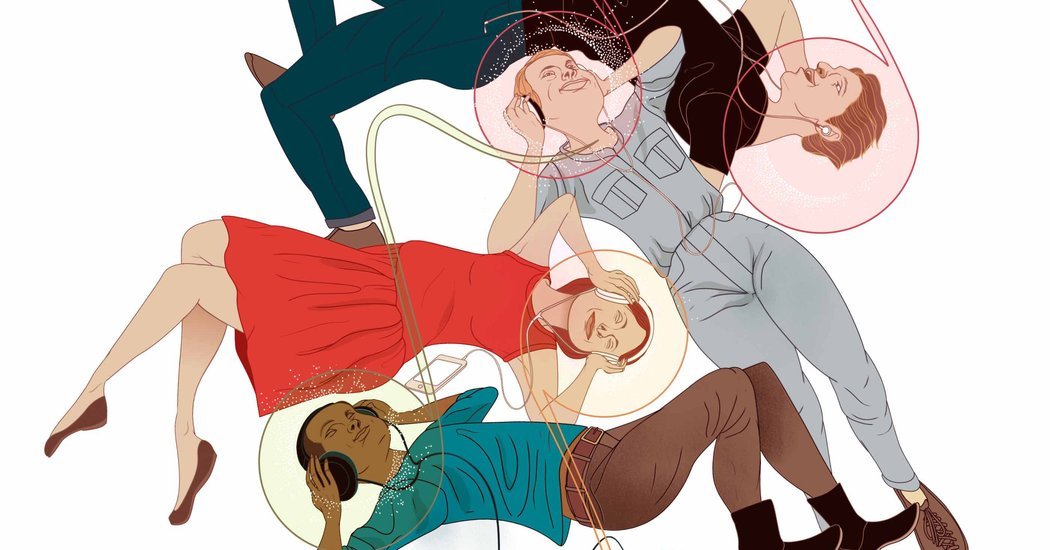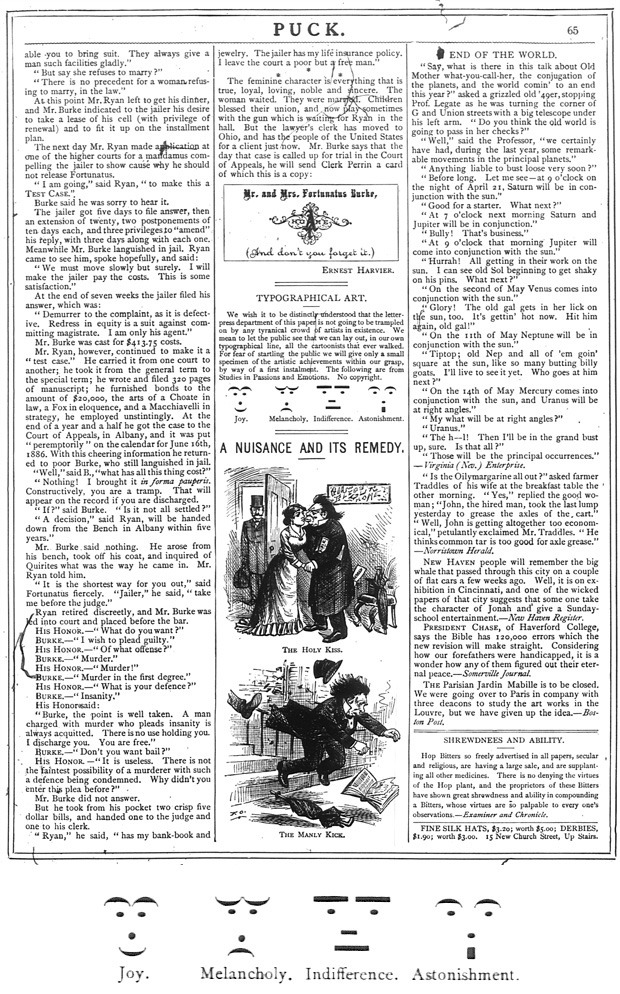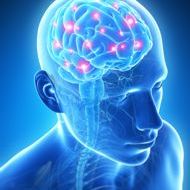Sometimes, demands on us exceed our ability to cope and we reach a point of feeling overwhelmed. We feel completely overcome in mind and/or emotion and feel ill-equipped to cope.
When we are faced with stressors, good (eustress) or bad (distress), we experience physiological, emotional, and cognitive arousal. Activating chemicals, such as endorphins, cortisol, and adrenalin, are released in order to help us rise to the challenge of meeting the demands of these stressors so that we may effectively manage them and reduce the arousal or tension we are experiencing. This state of arousal is known as the fight-or-flight response.
Those who have an internal locus of control (belief that they have control over that which affects them), those who have strong coping skills, those who have strong social support, those who have greater cognitive flexibility, problem-solving skills, and adaptability are less likely to feel overwhelmed. Those who have belief systems that maintain maladaptive, unhelpful thought processes are more likely to experience anxiety, depression, and overwhelm.
Feeling overwhelmed? Try some of these strategies:
1. Practice acceptance – Some degree of anxiety is “normal”, healthy, and motivating. […] Anxiety, in itself, feels bad, but is not harmful and always passes. Think of it like a wave of the ocean; allow it to come in and ride it out.
2. Change your thoughts – [… T]houghts are often unrealistic, inaccurate, or to some extent, unreasonable. Catch those thoughts, think about them and how they affect you, and change them to more helpful, adaptive thoughts.
3. Be in the “now” – [… S]chedule some time to plan for what is to come, but take in all that is your present moment and enjoy the present.
4. Take a deep breath […]
5. Behavioral activation – Take action. Engage in an activity you may enjoy, such as, taking a walk, listening to music, reading a book). Engage in problem-solving […]






